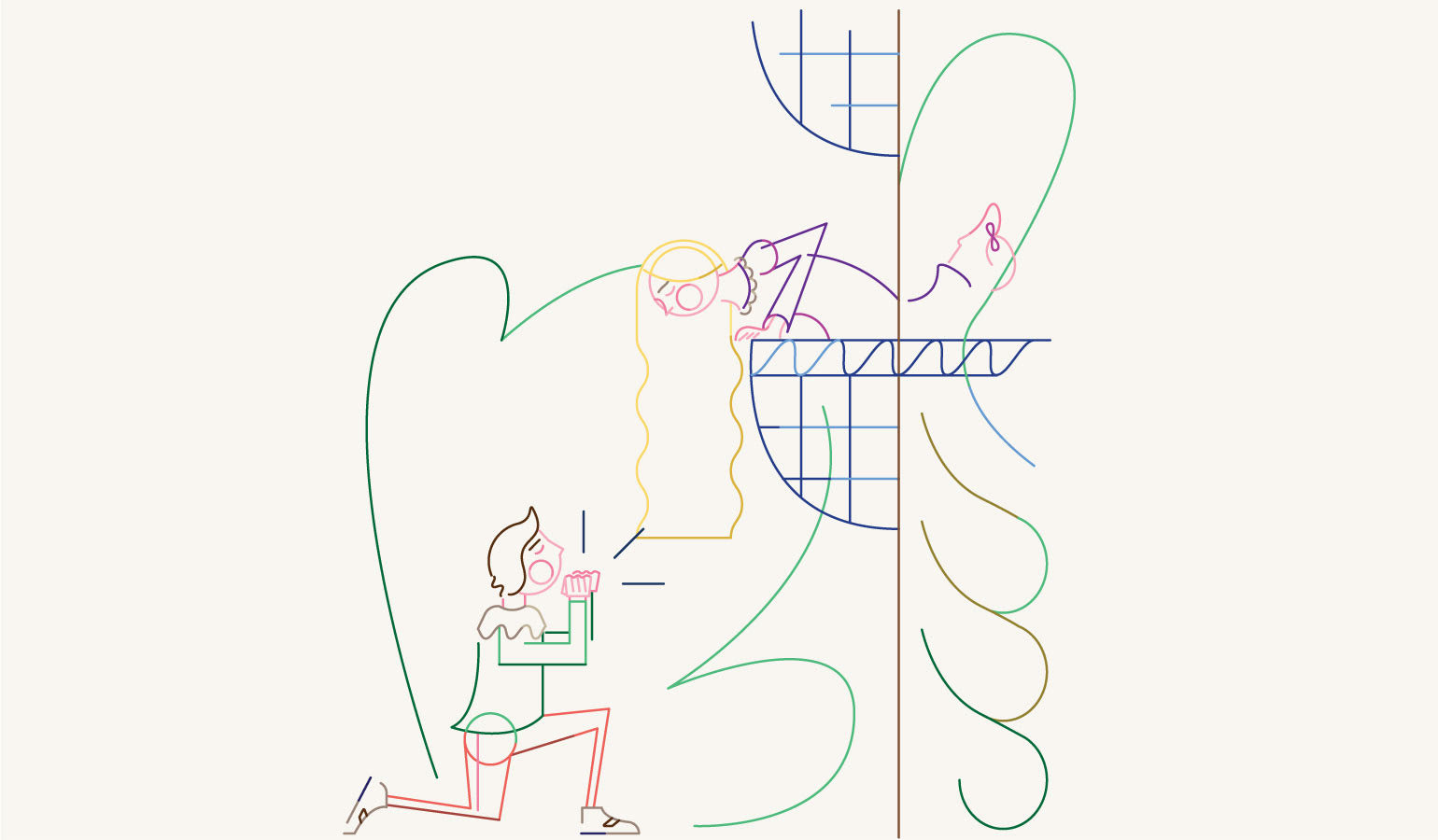Love it or not, we all have specific relationship with the Brands. Either we are content by the way they impact our life, or we feel upset by their presence, there is no way to avoid pretty intimate relationships with various brands on a daily level. This dynamic relationship is, of course, prone to changes. We are all evolving and changing but so are the brands around us. Relevancy, understanding the moment we live in, our desires but also the need for change and constant improvement is an imperative big brands have in order to stay in constant communication with their users.
This is also the story about hotel Grand Kopaonik. The symbol of an industry, of the mountain, a myth of the luxury resorts that understands and accepts change as a natural course of development of its mission.
The phenomenology of common sense is there to bring some concepts closer to us and explain them better than the official way might require. The name Grand as a symbol of Kopaonik Mountain, the reference point, and crossroad of all the mountain roads. Left of Grand, below, above, next to Grand, are the colloquial communication used to better explain locations or meeting points around the mountain and ski slopes.
Branding process is always searching to simplify the concepts behind, so the messages are understandable and brand is being brought closer to its audience.
Grand Kopaonik, refreshed and yet new brand have exactly done this. It went back to its roots and tradition and weaved necessary dose of contemporary and future vision into the brand – into the emotion caused by sole mention of the name. The name of such tradition is bearing a number of associations and it had to refresh its visual expression, the primary vehicle of any visual but also verbal message about the hotel.
It is always good to have such a short and effective name – Grand. Five letters. Anyone involved in marketing will attest to that. We have made an analysis of the name through quite different appearances and possible ideas it might evoke. We have taken into account the complete range of hotel and non-hotel services, the environment, increased competition, both local and international, researching the habits, desires and needs of the people we saw as future visitors. They and their expectations were the main role models for the development of the new brand and visual identity. The complexity and diversity of messaging and user experience implied that everything must be very clear to understand, recognize, and creation of positive relationship towards the new logo, a symbol of the new hotel. Still, this “new” hotel, have opened its doors to visitors way back in 1981, – 40 years ago. Innovating tradition, creating balance, designing a luxury brand – the responsibility our design team had was big.
As always – The best ideas are simple. So the idea of the new logo was simple, smart and disarming. In the middle of the word GRAND there is the letter A. The top of the letter “A” can be identified with the pique of the mountain next to Grand Kopaonik, but in a figurative, colloquial sense it represents the pique as the best of what Kopaonik and Grand is able to provide. Simply “pulling out” the top of the letter A, gave the necessary characterization to the logo and weaved all the values that the hotel can provide to its guest – from material to semiotic – from the top treatment to the idea that this IS the place to match your life expectations. The theme – of subtle luxury at every step – has become a mantra that we constantly repeated and which we were guided by in creating all the materials necessary for the smooth communication of the guest with the hotel and vice versa. From the improved signage system in and around the hotel, through the naming and visual stimuli of each restaurant and bar, to reflecting the full enjoyment of the Spa and wellness area, every detail had to function flawlessly. Colors, textures, tactile elements, sound and music, the appearance of the hotel staff, were parts of a whole that breathes and behaves in accordance with the reputation it has created over the years. Naturally, the communication of the new brand has also changed through words and the way of addressing in written, which represent one of the stellar moments of the whole project.
The design and structure of the website, that vividly designed communication stalwart are there to show the brand and its offer in intuitive and informative way. Add to all that advertising campaign, through traditional and digital channels, and in front of you will appear a brand in full splendor that functions flawlessly and lives its life. A life at the top!
Slobodan Jovanovic Coba






